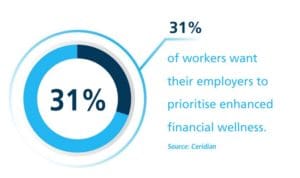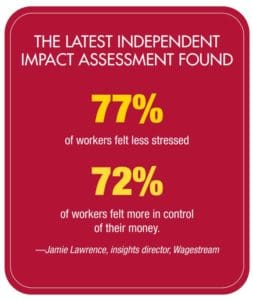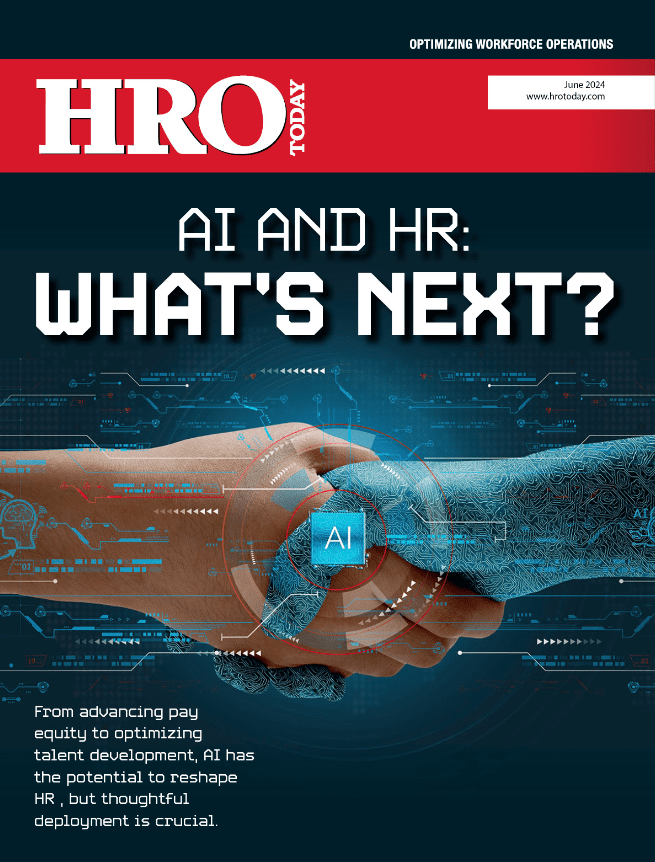Technology is revolutionising how employees can be paid, but are the benefits worth the change?
By Simon Kent
According to Jamie Lawrence, insights director at financial well-being app Wagestream, the locked cycle through which the vast majority of workers are currently paid only came into use in the 1960s. It was introduced primarily to save employers money on banking fees. Despite this apparent benefit, he says, the practice has never been ideal for anyone.
“It’s been known for some time that longer, locked pay cycles can lead to irregular spending patterns and liquidity problems, including among those working full-time,” he says. Personal financial issues do not stay at home. Consequent problems of financial exclusion, including lack of access to fair credit, savings, and insurance, which are experienced by much of the working population, mean that financial stress leads to both employees and employers suffering.
As technology has disrupted financial operations in other areas, it seems only natural that the way people are paid should be next on the agenda.
“Traditional payroll and antiquated methods like monthly paper pay slips fail to meet the real-time payment needs of a modern workforce,” says Wendy Muirhead, managing director and regional leader for EMEA at Ceridian. 
Ceridian’s latest research on what workers want found that 31% of workers want their employers to prioritise enhanced financial wellness. “As companies look to sharpen their competitive edge in the war for talent, allowing access to their earned wages will be a key benefit for both the contingent workforce and full-time employees,” she says.
Muirhead also believes changes to the way people are paid need to happen because of the current stresses felt within the economy. An earned wage access payroll scheme, where individuals can get clear financial remuneration more promptly following their work, is essential for supporting low-income earners in this kind of climate. Plus, Muirhead says employers can also benefit from the shift. “Giving employees more control over their money not only leads to a more engaged workforce with reduced absenteeism and lower levels of turnover, but it will also help workers build lasting financial strength without the need to borrow money and feed into a never-ending cycle of debt,” she says. “As employees place increasing value on opportunities that improve their financial stability, offering on demand pay will be vital when it comes to recruiting and retaining top talent,” she adds.
Sebastien Sepierre, MD EMEA of business services company Fourth, reports an increasing trend of the traditional monthly pay cycle migrating to weekly payments for any additional hours they have worked. “Every industry will vary, but certainly, in the sectors we primarily work with, such as retail and hospitality, modern payment plans and schemes are being welcomed by both employees and employers alike,” he says. Sepierre says financial and job insecurity inflicted by the pandemic has played its part in furthering the need to give employees more control and choice over how they access their earned wages.
Making the switch between systems is relatively easy to implement with a seamless experience delivered through the use of workforce management software. “The greatest and most crucial barrier to overcome will always be getting the workforce onboard with the plan to change or adapt to the pay model,” he says. “From our experience working with clients in the hospitality sector, two-thirds have implemented a change to their pay model and are now reaping the benefits.”
However, MHR Global‘s Payroll Specialist Camilla King sounds a note of caution both over adoption of new payment models and their suitability for employees. “Not all businesses have the finances to support this,” she says, “especially with the volume of changes that have happened in recent times.” This challenge of making the switch between payment models has allowed the app market to emerge and offer straight-forward solutions for businesses.
At the same time, King isn’t entirely one hundred percent certain the solutions answer the need. Yes, the new tech-driven solutions tend to be cheaper and safer than payday loans, but she asks whether they should be used just for emergencies rather than supporting the everyday work and pay relationship.
“Payroll has always had a duty of care to employees and the mantra of paying accurately and on time,” she says. “Do we need to add ‘allowing access to the right amount pay at the right time’ to this phrase?”
What King raises here, of course, is the wider debate about when is the right time to pay someone for the work they have done. If employers have a responsibility to see that their workers are paid correctly and at the right time, is that time immediately after they’ve finished their current task or after they’ve completely a few weeks of that task? What time is actually better from a financial management point of view?
Lawrence is clear flexible pay brings benefits any way it is timed and cites Bupa, Greene King, and the NHS as companies that have taken up their solutions. “The latest independent impact assessment found that 77% of workers felt less stressed, 72% felt more in control of their money, and budgeting and savings habits improved over time,” he says.
Lawrence goes further to say that employers now have the opportunity to “transform society” by rethinking their role as income provider. “Too many still take a transactional view of pay, viewing it just as a monthly administrative process,” he says. “But forward thinking employers are beginning to see pay as the core lever for improving financial well-being, solving their business challenges in the process.”
The true value of introducing flexible pay may not be the actual pay model itself, but the additional transparency, communication, and financial education that comes with it. Rather than simply swapping one pay day for another, this presents a chance for employers to open a dialogue with their employees on the subject of money. Deductions can be explained clearly, budgeting ideas presented alongside pay, financial well-being openly discussed. To that extent at least, a revolution in when people are paid might mean they end up getting more bang for their bucks.















